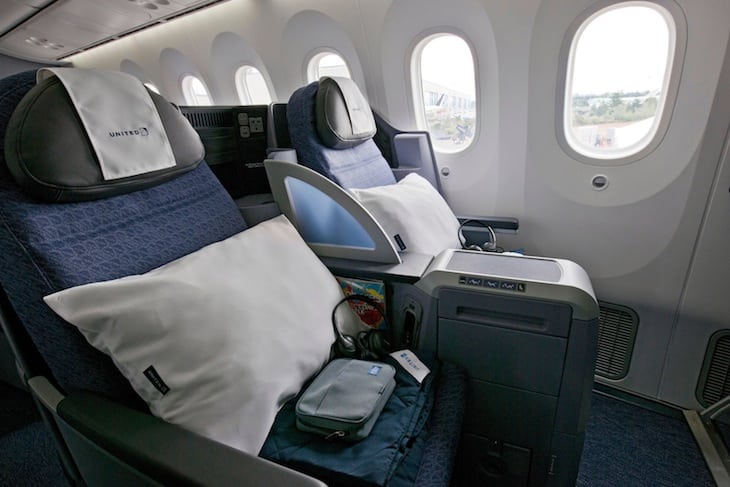United 787 Dreamliner security infuriates 9/11 pilot's widow

Skift Take
If United Airlines feels that security features obviate the need for a second cockpit door on its new 787 Dreamliners, then the airline should find a way to communicate that.
After 9/11, Ellen Saracini, widow of the pilot of United Airlines flight 175, which flew into the World Trade Center, was pleased when Congress ordered all cockpit doors reinforced and heartened when United, although not mandated, outfitted its airplanes with secondary doors.
"The secondary barrier is a lightweight wire-mesh door that is locked in place to
